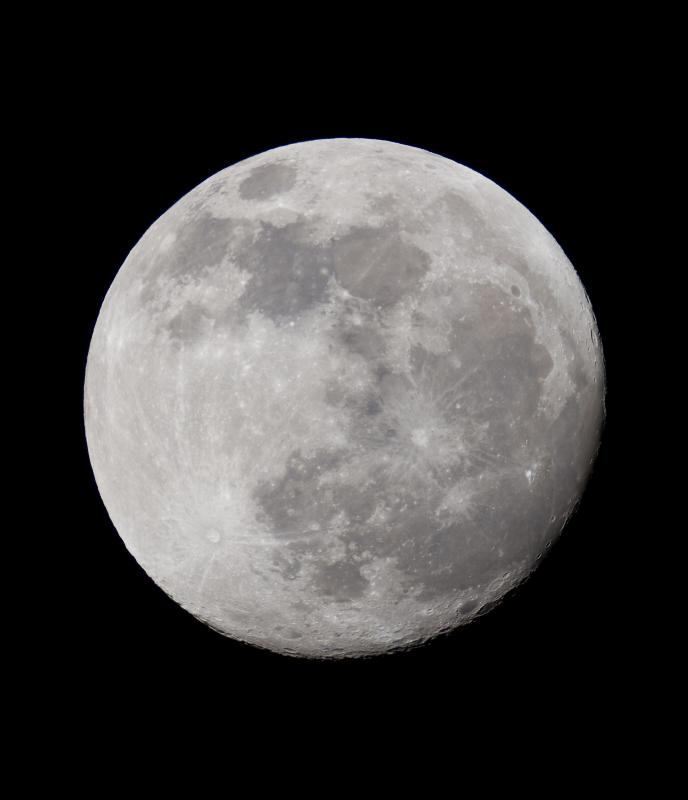At WiseGEEK, we're committed to delivering accurate, trustworthy information. Our expert-authored content is rigorously fact-checked and sourced from credible authorities. Discover how we uphold the highest standards in providing you with reliable knowledge.
How Do I Choose the Best Flowering Jasmine?
So beloved around the world is the richly scented flowering jasmine that people of many cultures name their daughters after it. Most jasmines prefer warmer, more tropical climes, and their dark, glossy leaves are the perfect visual foil for their white or light yellow petals. Choosing the best flowering jasmine depends upon the gardener’s needs and desires. For example, some jasmines are used to make teas, while others are poisonous; some offer an intense fragrance that might overwhelm other scented flowers. Landscape plays a part in choosing the best jasmine because different varieties offer different shrub sizes, while others are vining.
The gardener interested in jasmine’s fragrance should know that, while the five- or six-petalled tubular flowers exude sweet aromas, it’s the buds that are the true sources of fragrance. Their perfume wafts most strongly through the twilight after sunset. In fact, flowering jasmine loves moonlight, and many gardeners have noted that it sings its fragrant song best on nights lit by the full moon. These gardeners should avoid jasmine angular from South Africa as well as jasmine mesnyi or primrose jasmine; these flowers are without scent.

Some flowering jasmines are deciduous, and others retain their glossy leaves year round. Both types are common. Other landscaping considerations include whether a climbing, vine-type jasmine is best for the gardener’s available space or if a shrub type would work better. Shrubs can grow to 15 feet (4.5 m) or more, and grow rapidly, adding as much as two feet (0.6 m) in a season.

Safety is another concern. Many types of flowering jasmine make tea or scented oil and present no toxic dangers. The very popular southern Carolina jasmine, a vining type, has a toxic nectar that could sicken a nibbling child. Better choices in this case might include jasminum officinale or grandiflorum, if available.
Although it isn’t available everywhere, gardeners who have jasmine humile, or Italian jasmine, are lucky indeed. This evergreen sports shoots 20 feet (6 m) or more in length that arch midway through their length and lean back toward the ground to create a flower-bedecked canopy. As a plus, not only is this jasmine very fragrant, but it is a repeat bloomer, offering lovely flowers and fragrant buds throughout the summer.

Producing the happiest plants is a matter of tending to their needs and preferences. Jasmine shrubs and vines can handle full sun but will tolerate partial shade as long as they are offered at least four hours of sunlight and the site is warm; however, fewer flowers will be the result. They need well-drained, moist soil. They don’t mind some clay in the soil as long as there’s also sand or loam to help with drainage. Above all, jasmines should not be allowed to dry out for long periods of time.
AS FEATURED ON:
AS FEATURED ON:














Discussion Comments
I like Hawaiian jasmine. I saw it when I went to Hawaii for vacation. This flower smells so nice! It has a very strong scent. The flowers are white and there are lots of clusters. I haven't seen every jasmine out there. But from the ones I have seen, I liked this one the best.
@SarahGen-- I'm not an expert on jasmine, but jasminum officinale is a good plant, it's the jasmine that comes to mind first for most people. Just keep in mind that how frequently the plant flowers and how long the flowers remain have to do with the weather in addition to the species. All jasmines love hot weather.
There are so many jasmine varieties in the world that it's difficult to keep track of all of them. Moreover, some plants called "jasmine" do not actually belong to the jasmine family. They are named jasmine because the flowers are similar in appearance to jasmine flowers.
I'm planning to plant a jasmine in my backyard and so I'm reading about all the different varieties. I want a true jasmine that's easy to care for and that has a lovely fragrance. I'm still not sure which type I should plant. I know that Asian jasmine has a nice fragrance, if I can get a hold of it, I might go with this variety.
Does anyone here have a suggestion for a nice, scented flowering jasmine?
Post your comments